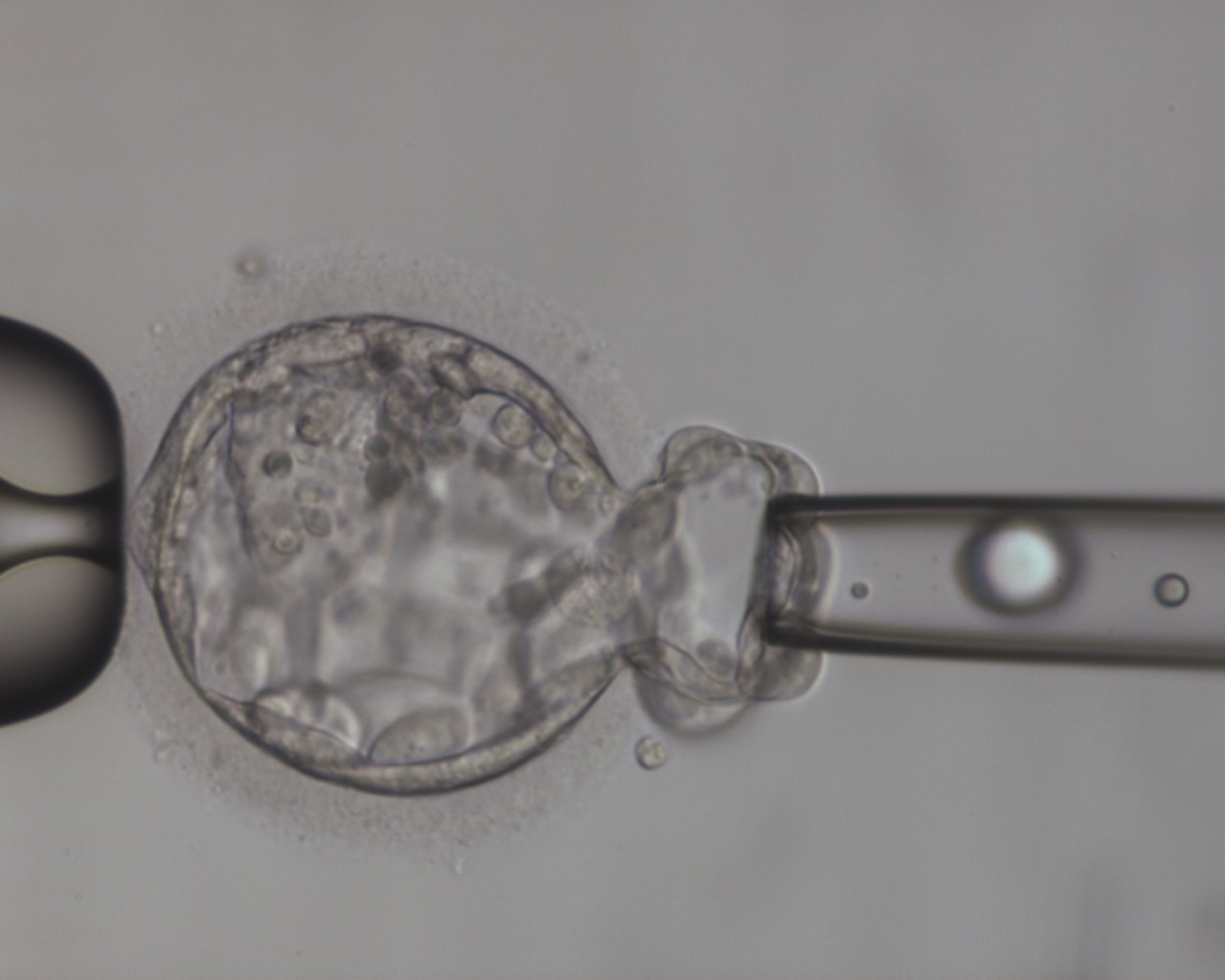
Genetic testing of embryos is an evolving technology that is increasingly being used as a complement to an IVF cycle to transfer a healthy embryo.
PGD occurs when a couple is concerned about transmitting a specific disease or condition to their children and there is a specific genetic marker or marker group to identify the condition of the embryo.
Examples of genetic conditions that can be analyzed:
- thalassemia
- Fanconi anemia
- sickle cell anemia
- Tay-Sachs
- cystic fibrosis
- myotonic dystrophy
Additional conditions exist and can be analyzed.
PGD involves the use of IVF to create embryos. Each embryo will have pre-emergent cells to be analyzed for the intended condition. Several cycles may be necessary to create a bank containing good quality embryos. Once the results of PGD analysis are knowned, embryos free of genetic problems are selected for embryo transfer. Note that regulations in Canada prohibit sex selection of the embryo unless it is related to an x-linked disease.
Preimplantation genetic screening (PGS)
The PGS it involves the chromosomal analysis of embryos. In this way, the embryos that are transferred into the uterus by your fertility doctor are known to be chromosomally normal. This increases pregnancy rates and reduces miscarriage rates. Many chromosomally abnormal embryos will not implant (resulting in a negative pregnancy test) or, if they do, lead to an early miscarriage. PGS is currently the only method available to determine whether an embryo has chromosomal abnormalities or not.
MitoScore
What is MitoScore analysis: it is a mitochondrial biomarker developed by Igenomix that indicates the energetic state of the embryo.
MitoScore is used in addition to the morphological observation made by the embryologist. The result of the MitoScore analysis will help the Procrea embryologist to select normal euploid embryos with higher implantation potential, thus more likely to result in a viable IVF / PGS pregnancy (Diez-Juan et al., 2015). .
Benefits of MitoScore analysis:
- Increase in implantation rate and pregnancy in IVF
- Additional information on the health of the embryo by completing the morphological observations.
Mitochondria and mtDNA:
Mitochondria are structures within cells that play a vital role in energy production. Although most of the DNA is in the chromosomes of the nucleus, the mitochondria have their own DNA called mitochondrial DNA or mtDNA.
The mitochondrial DNA content in an embryo is an index of energy stress, which can be used to predict its implantation potential. Studies indicate that an increase in mitochondrial DNA in the embryo indicates insufficient energy and low implantation potential.
The MitoScore analysis available only at Procrea Fertility at day 5 of embryonic development combined with the PGS section.
